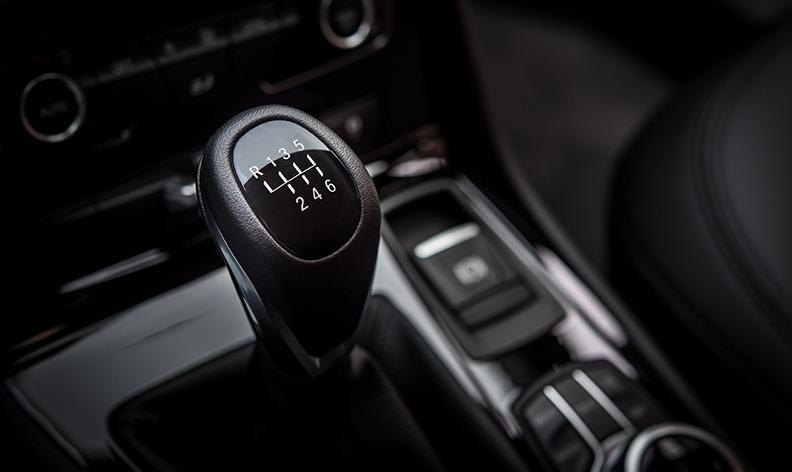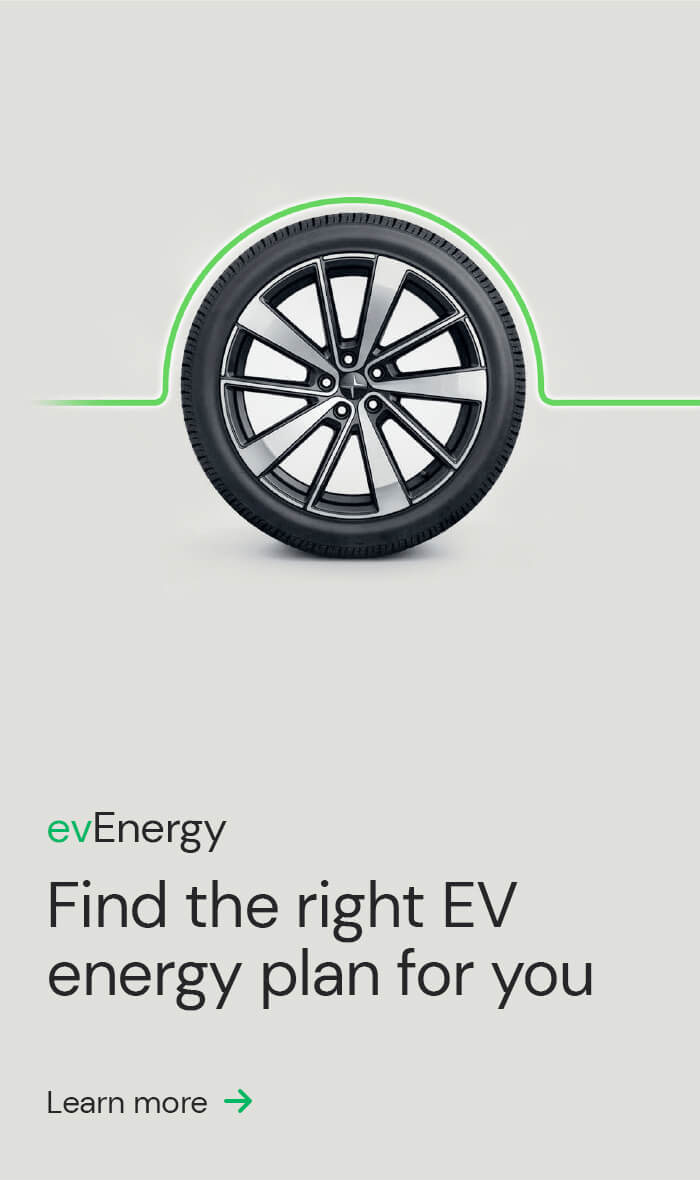It’s commonly known that EVs are charged electrically rather than being fuelled by petrol or diesel. There are, however, many uncertainties about EVs and if you’re considering making the switch then you may be wondering if they have transmissions.
From how transmissions work to EV gear changes, here, we answer all your transmission-related questions when it comes to electric vehicles.
What is a car transmission?
A car transmission – or gearbox – is a device mounted to the car engine that converts the power of the energy source into momentum to drive the car’s wheels forwards.
Traditional cars are powered by an internal combustion engine (ICE). These gain their power at different revolutions per minute, and therefore a transmission with varying gear ratios is necessary to keep the correct amount of power running to the wheels.
Unlike fuel-powered cars, electric vehicles’ power sources are their electric batteries. Given that EVs do not have engines, and there is no combustion process needed to generate power, they do not require multi-speed transmissions, rather, single-speed transmissions.
How does an EV’s single-speed transmission work?
Regular cars’ ICEs take a while to generate torque, but EVs can deliver maximum torque at zero RPM so they only need one gear. A single-speed transmission works on one gear ratio that sits in a sweet spot between acceleration and the EV’s top speed.
EVs’ battery-powered technology allows the cars to utilise energy more efficiently than ICEs. EV motors are capable of up to 15,000 RPM, compared to an internal combustion engines’ 8,000 RPM. This gives EVs a lightning-fast acceleration rate and speed.
Occasionally, some EVs may have a two-speed transmission. This means you can enjoy a more adaptable driving experience when switching between slower, around-town speeds and faster motorway cruising.
Do I need to manually shift gear in an EV?
As EVs don’t have multi-speed transmissions that require different gear changes, they do not have gear sticks and you won’t need to manually shift gear. EVs have no clutch pedal either so they are almost always automatic. What you will likely have in your EV is a set of switches or buttons that allow you to navigate from park to drive to reverse modes.
When you drive an EV, you’ll enjoy a smooth, silent experience with no feeling that you are shifting through the gears as your speed increases. This is one of the many benefits of EV ownership.
Summary
- EVs have single-speed transmissions that work on one gear ratio rather than multi-speed ones.
- Capable of a much higher RPM than regular cars, EVs can accelerate and gain speed much quicker.
- You do not need to manually shift gear in an EV and enjoy a smooth, quiet driving experience compared to petrol or diesel-fuelled cars.
Are you considering making the switch to an electric vehicle? ActewAGL can help you effortlessly find, finance and charge your EV. Discover how ActewAGL can support your transition to sustainable driving today.



